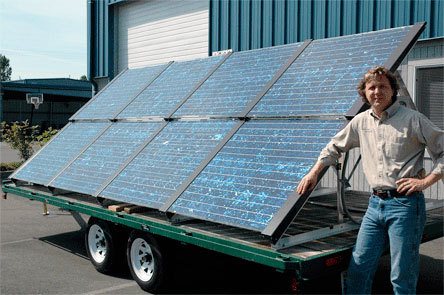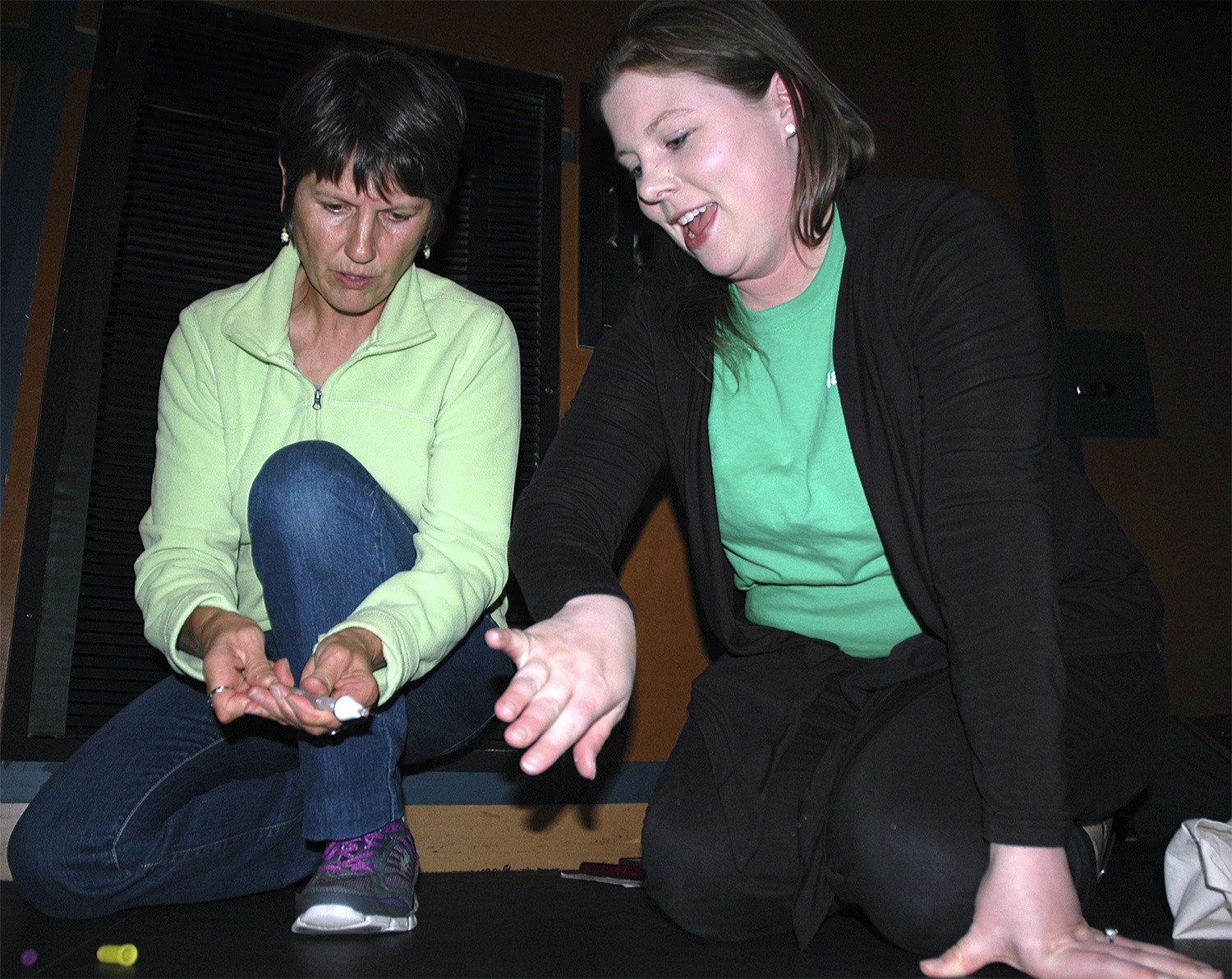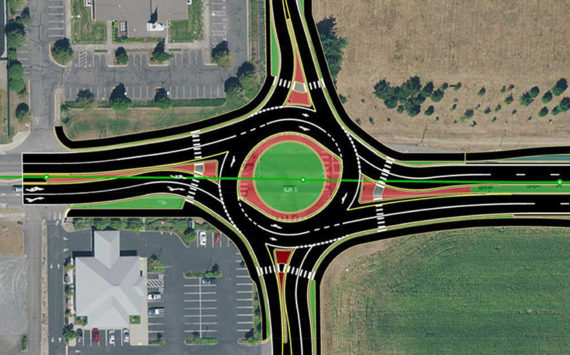ARLINGTON — Solar panels are not a new invention, but Gary Shaver hopes that local power consumers will find his company’s innovations to solar panels to be valuable additions to their homes and businesses.
Shaver, president and CEO of the Arlington-based Silicon Energy company, is eager to show off the Cascade series of solar panels that are already on the market, and which offer unique homegrown features.
Unlike previous models of solar panels, the Cascade series has no frames at the top or bottom of its panels. Shaver explained that dirt, water, ice and snow can get trapped between the frames and the panels at the top and bottom, whereas the Cascade series has no edges at the top or bottom for such debris to get trapped in, which means that rainfall can clean the panels, rather than making them dirtier.
“Solar panels hate getting dirty or hot,” Shaver said. “The Pacific Northwest is a great environment for them, because it’s usually not that hot here, but we still have fantastic sun from the spring through the fall.”
Shaver also touted the aesthetic benefits of the Cascade series by noting that, unlike solar panels with relatively thin but opaque backing and exposed, dangling wires, the Cascade series’ solar cells are coated in double-sided glass, which allows sunlight to filter through between them, and their wires are completely covered and protected from the elements.
“These would look good as the roof of a carport canopy, or as an awning that you could walk underneath,” Shaver said. “Old-style solar panels had junction boxes and wires done up with zip-ties, but ours are safe and pleasing to the eye. Animals can’t tug or chew on our wires.”
As part of the Cascade Mountains theme of the series, the blue facing of the solar cells features a striking mountain-style pattern, and the panels themselves are stacked in a stepladder fashion, which Shaver pointed out allows air to pass between them, thereby helping them to keep cool, even as they absorb the sun’s energy.
Shaver characterized the solar panels’ double-sized glass as just as much of a marriage between form and function, since the glass makes the Cascade series both decorative and durable. Although the solar cells within are wafer-thin and extremely fragile, their glass laminate coating keeps them from flexing or cracking in high winds, is weight-tested for 5,000 pounds, and has a Class A fire rating.
As for energy costs, Shaver promised that, by plugging the Cascade series solar panels into your house, you’ll save so much that your meter will run backwards. He added that the battery backup allows customers to store and use excess solar energy when the utility grid is suffering power outages.
The Cascade series is manufactured entirely in Washington state, and what Shaver called “a small system” of solar panels, measuring 8 feet by 16 feet, would run somewhere between $8,500 to $14,000 in estimated price. However, Shaver cited the ways in which the state and federal governments are willing to help customers pay for such solar panel systems, including low-interest financing from the state for as many as 20 years, and a federal tax incentive of up to 30 percent on the overall cost of the system.
“The utility district will even offer you money to install it,” Shaver said. “Many people don’t realize that they pay 8 cents per kilowatt hour for their electricity. With solar, the state pays you 54 cents per kilowatt hour, and with the additional savings of the 8 cents per kilowatt hour that you’re no longer paying, it’s a value of 62 cents per kilowatt hour. You’re looking at a gain of about $5,000 per year.”
Shaver pitched solar energy as a means of supporting the local economy, from manufacturers and installers to the utility grid as a whole, as well as the “cleanest electricity money can buy,” in no small part because of how steady its flow is.
“There are no spikes,” Shaver said. “It’s the one source of energy with the most consistent return on your investment, because every day, the sun rises. Not only is it a good investment, but it leaves you feeling good, because even passively, you’re accomplishing something by using solar power. You’re helping the environment, you’re generating more jobs for smaller employers in the state, and you have something that just looks really nice. You don’t have to hide any of it. You can show it all off and be proud. I’m excited to see where this will go.”
Silicon Energy is located at 6209 192nd St. NE in Arlington, and their Web site is www.silicon-energy.com.








